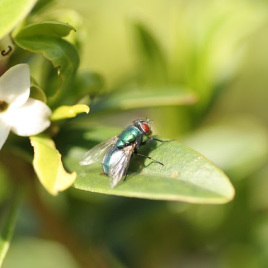
This is a reconstruction of Dinocephalosaurus showing the rough position of the embryo within the mother.
(Image by Dinghua Yang)
A new discovery offers proof that an ancient relative to birds and crocodiles gave birth to live young. New research from an international team of paleontologists describes a fossil of a pregnant Dinocephalosaurus – a long-necked, aquatic reptile from the Middle Triassic. The 245- million-year-old archosauromorph carried an embryo inside its rib cage, facing forward. The latter detail is important because swallowed prey usually faces backward, meaning the smaller animal within the Dinocephalosaurus wasn’t just undigested dinner. Information on reproductive biology of archosauromorphs before the Jurassic era wasn’t available until the present study, and it is the first of its kind to show that these aquatic dinosaurs experienced live birth. Further analysis of reproductive evolution in archosauromorphs revealed that sex of the embryo was determined genetically and not by temperature, as it’s done in most of the species’ descendants.
Authors:
Jun Liu, Chris L. Organ, Michael J. Benton, Matthew C. Brandley & Jonathan C. Aitchison
Corresponding author:
Jun Liu, Hefei University of Technology, Hefei, China, Email: junliu@hfut.edu.cn, Tel: +86 1 363 706 1084
Original paper published in Nature Communications on February 14, 2017.

